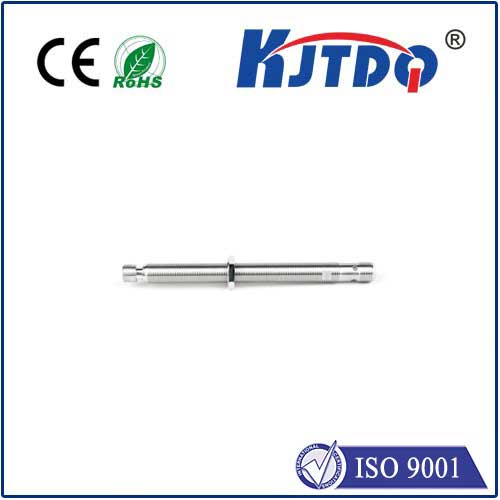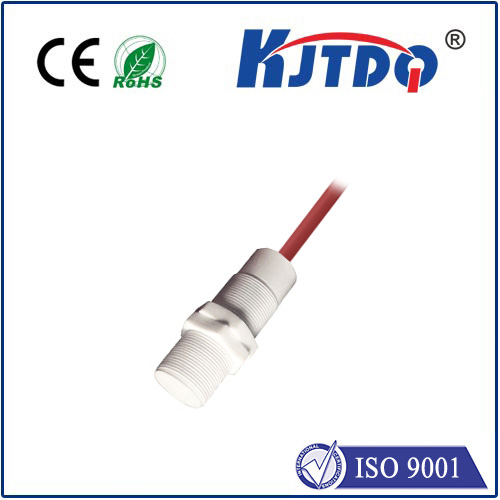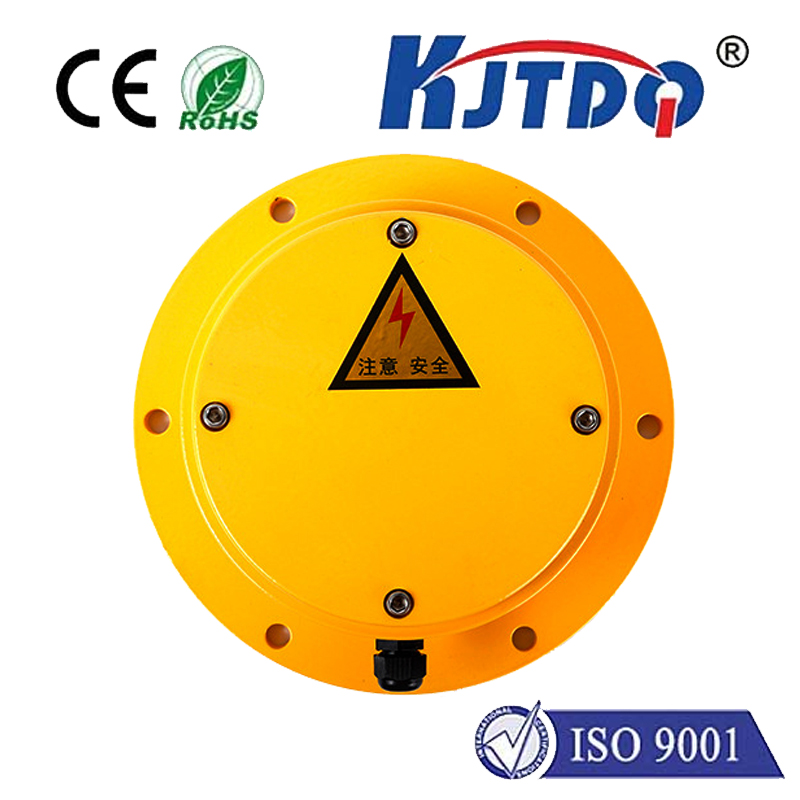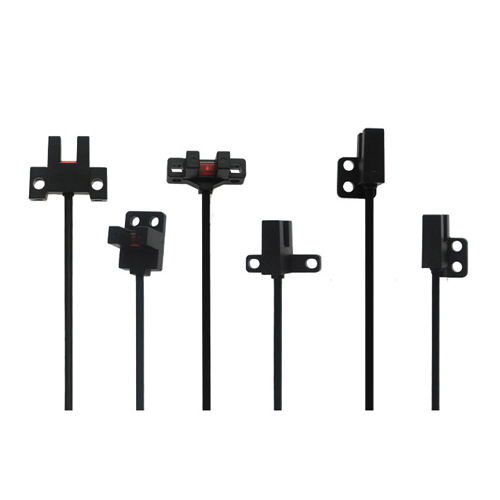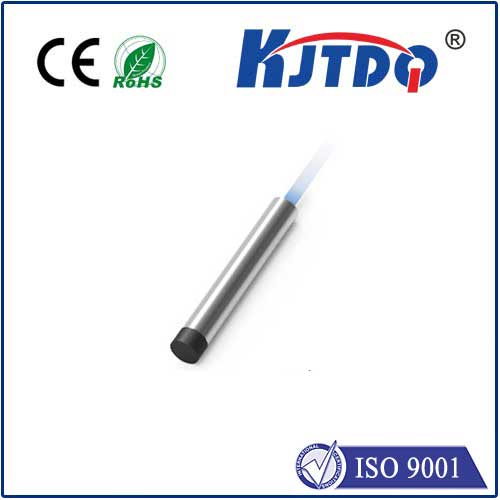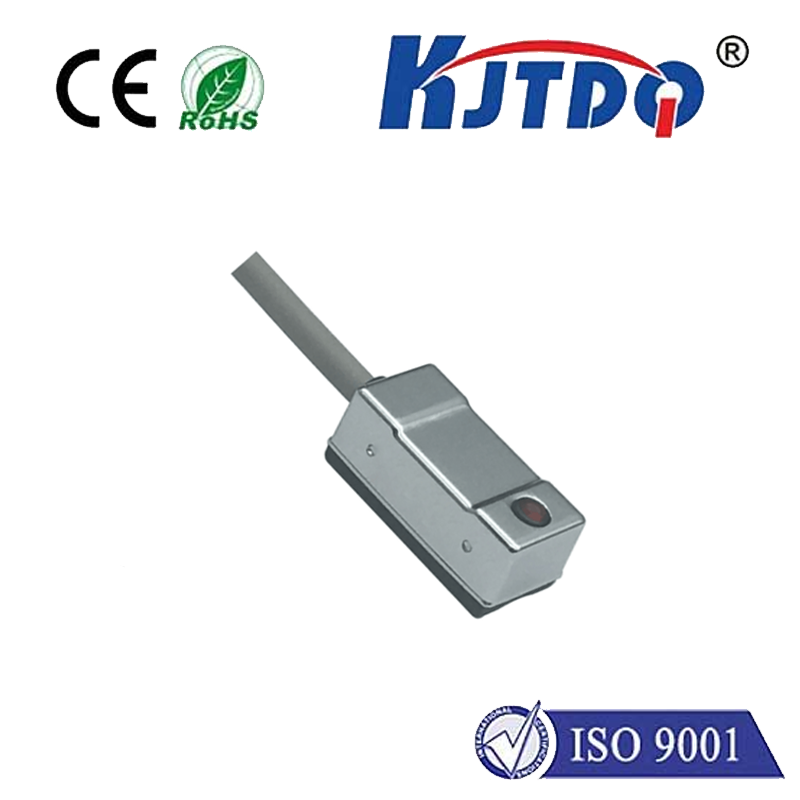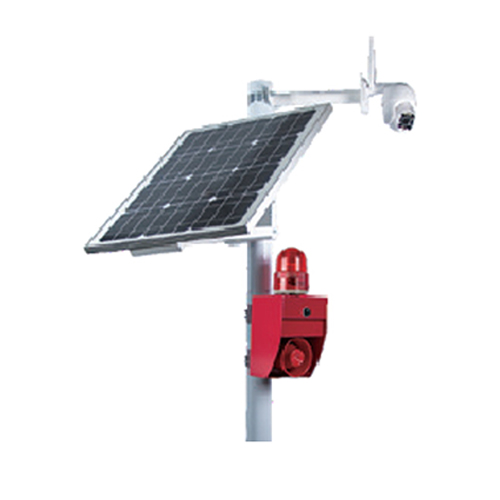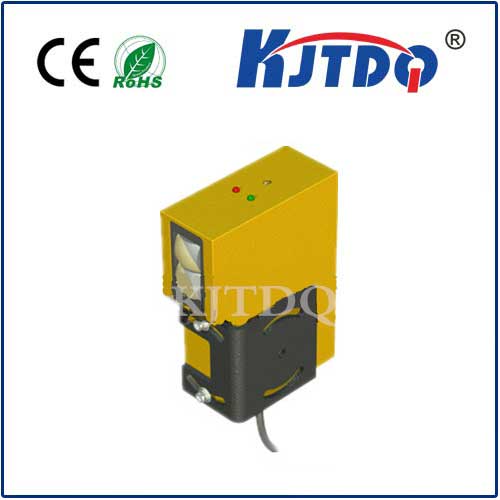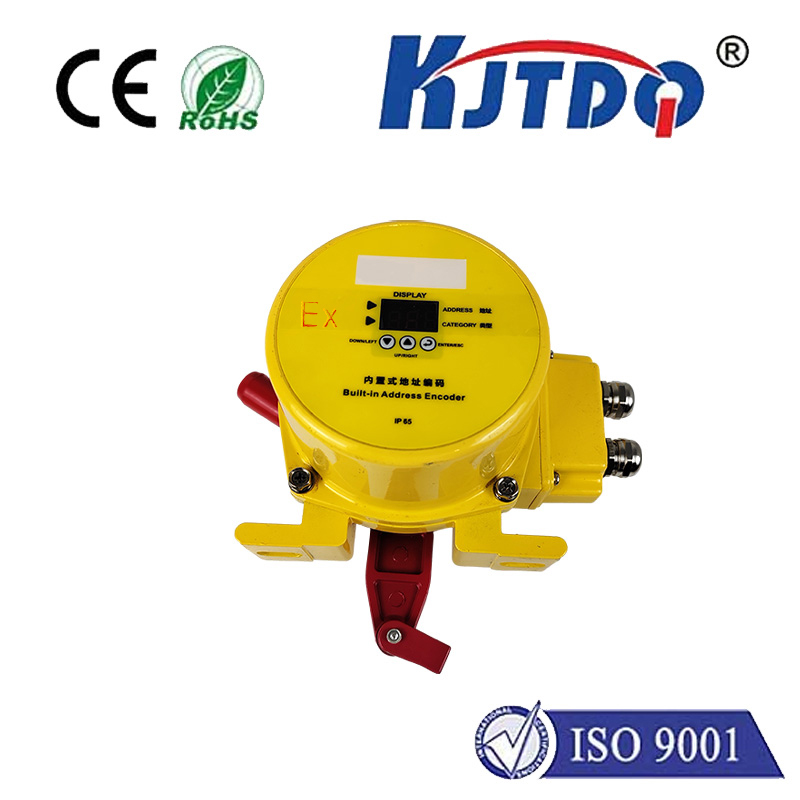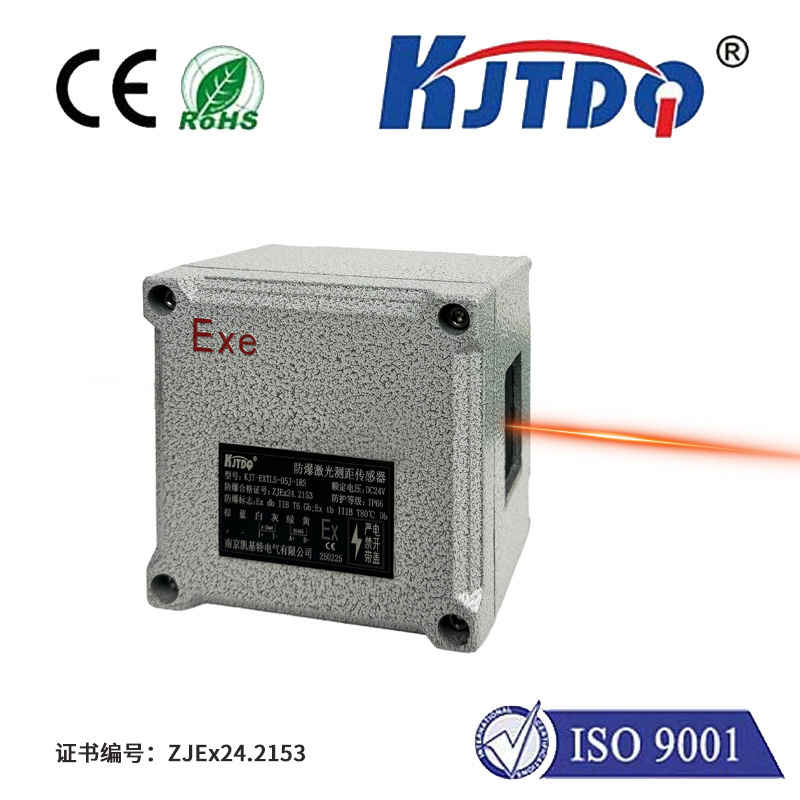

check

check

check

check

check

check

check

check

check

check

Optical Fiber Sensor: Revolutionizing the Sensing World An optical fiber sensor is a highly sensitive and versatile device that leverages the principles of light transmission to measure various physical quantities such as temperature, pressure, strain, and refractive index. This innovative technology has gained immense popularity in recent years due to its numerous advantages over traditional sensing methods. In this article, we will explore the working principle, applications, and benefits of optical fiber sensors. The Working Principle of Optical Fiber Sensors Optical fiber sensors work on the principle of total internal reflection, where light travels through a glass or plastic fiber with multiple reflections off its surface. When the fiber is exposed to a specific input, such as temperature or pressure, the reflected light changes its properties, such as intensity, phase, or polarization. These changes are then detected by specialized devices called interrogators, which process the data and convert it into meaningful information about the measured physical quantity. Applications of Optical Fiber Sensors Optical fiber sensors have a wide range of applications across various industries due to their precision, flexibility, and resistance to electromagnetic interference. Some of the most common applications include:
